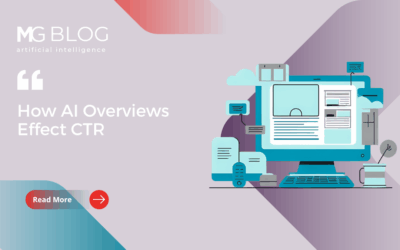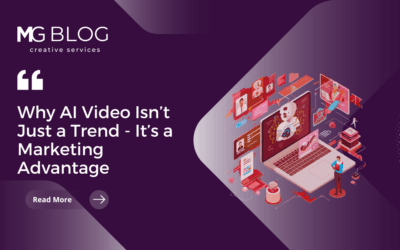
In 2011, Eli Pariser, of advocacy group MoveOn.org, gave a thought-provoking and popular TED Talk on the main stage that questioned whether the era of personalized information might have the counter effect of trapping each of us in our own unique and self-contained information “filter bubbles.”
He argued, during the talk and in a book he published later, that increasingly sophisticated algorithms like those deployed by Google, Facebook, Flipboard, Pulse and gradually media and publisher sites, will become the new gatekeepers of content and ideas. That means they will serve us only the content they believe we want based on our previous behaviors, interest, locations, browsers, devices and other defining parameters, leaving us shut out from new ways of thinking.
In this vision of personalization as a self-fulfilling gateway to our own little world of homogenous content, unless we make the conscious decision to explore and seek out new ideas and information, we will only know increasingly more about the things that we already know about. Twitter CEO Dick Costolo recently inadvertently revived the debate when he indicated the company’s intention to algorithmically curate content in Twitter news feeds. Many in the Twitterati cried, “et tu Twitter,” and others, like Pando Daily, wondered what content and ideas we might miss out on.
What does algorithmic curation mean for your content marketing strategy?
This consumption trend could (and likely should) impact your content marketing strategy. On the one hand, if marketers can develop an increasingly more complex understanding of their customer’s content consumption behaviors, or, more likely, pay the gatekeepers for the right to know, we can conceivably create the right content that the algorithmic gatekeepers deem appropriate to populate our customer’s personalized information bubbles. In this scenario, the highest dollar goes to the data-driven insights on each individual customer’s content consumption behaviors, and the likely patterns that will develop showing the content consumption habits of like-minded groups of customers. The content creation itself, then, becomes less about creativity, but more about mapping information exclusively to the data.
And, by logic, on the other hand, if our business is built on challenging conventional thinking and offering customers insights about their business that they might not actively seek out, we might find ourselves, with our brilliant content and ideas, sitting on the sidelines shut out by algorithmic gatekeepers with a singular focus on personalization. If, as a consumer of content, I am telling the algorithms with my searches, clicks and shares that I’m most interested in sports cars with high-power combustion engines, no matter how amazing and faster the new electric only car might be, the algorithms may well decide that I’m probably not interested in reading or learning about it.
How far this trend will go and how long it might take to truly impact our content consumption remains to be seen. The algorithm makers, like Google, might decide in the name of “not being evil” that systems will need to allow each individual consumer of content some level of exploration beyond their content bubble.
Or, it may simply be too lucrative for the algorithm makers to force-feed us the things that we’re most interested in. After all, we are more apt to click on an ad or buy a product that fits most comfortably in our world, as we know it. In that case, helping us find new ideas to broaden our thinking might not be the most efficient path to profit. And, it may also further remove some level of creativity from the marketer’s lexicon.



